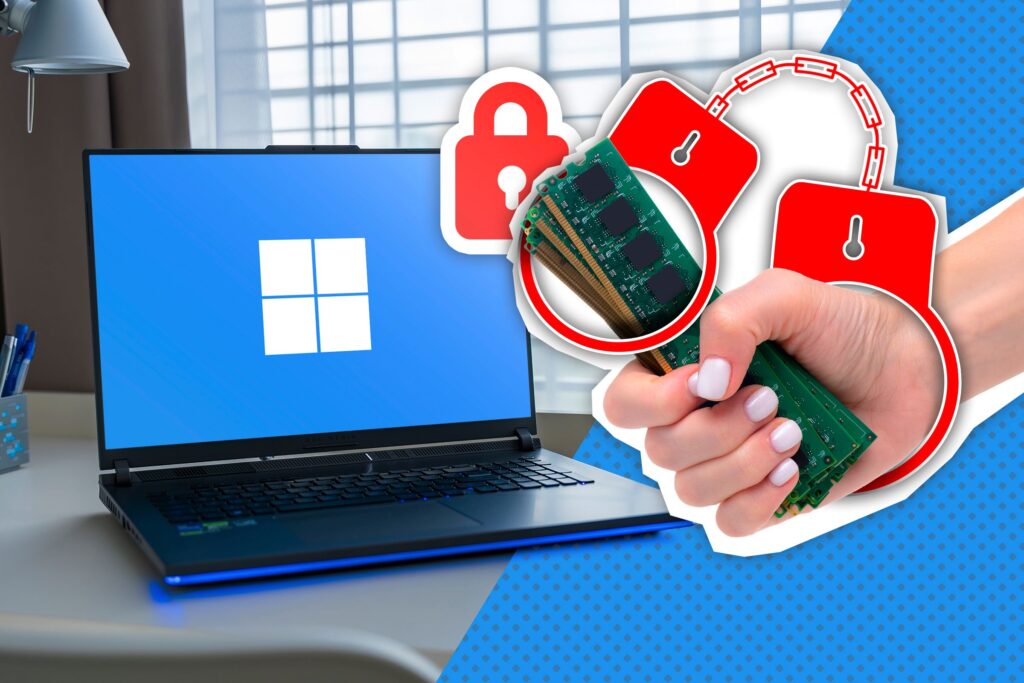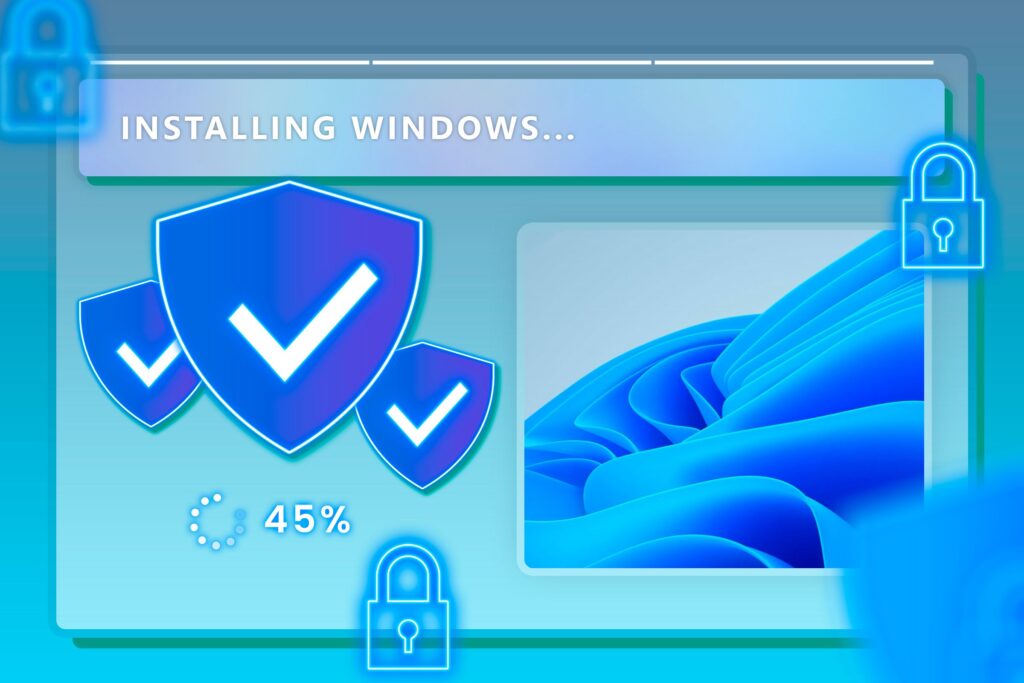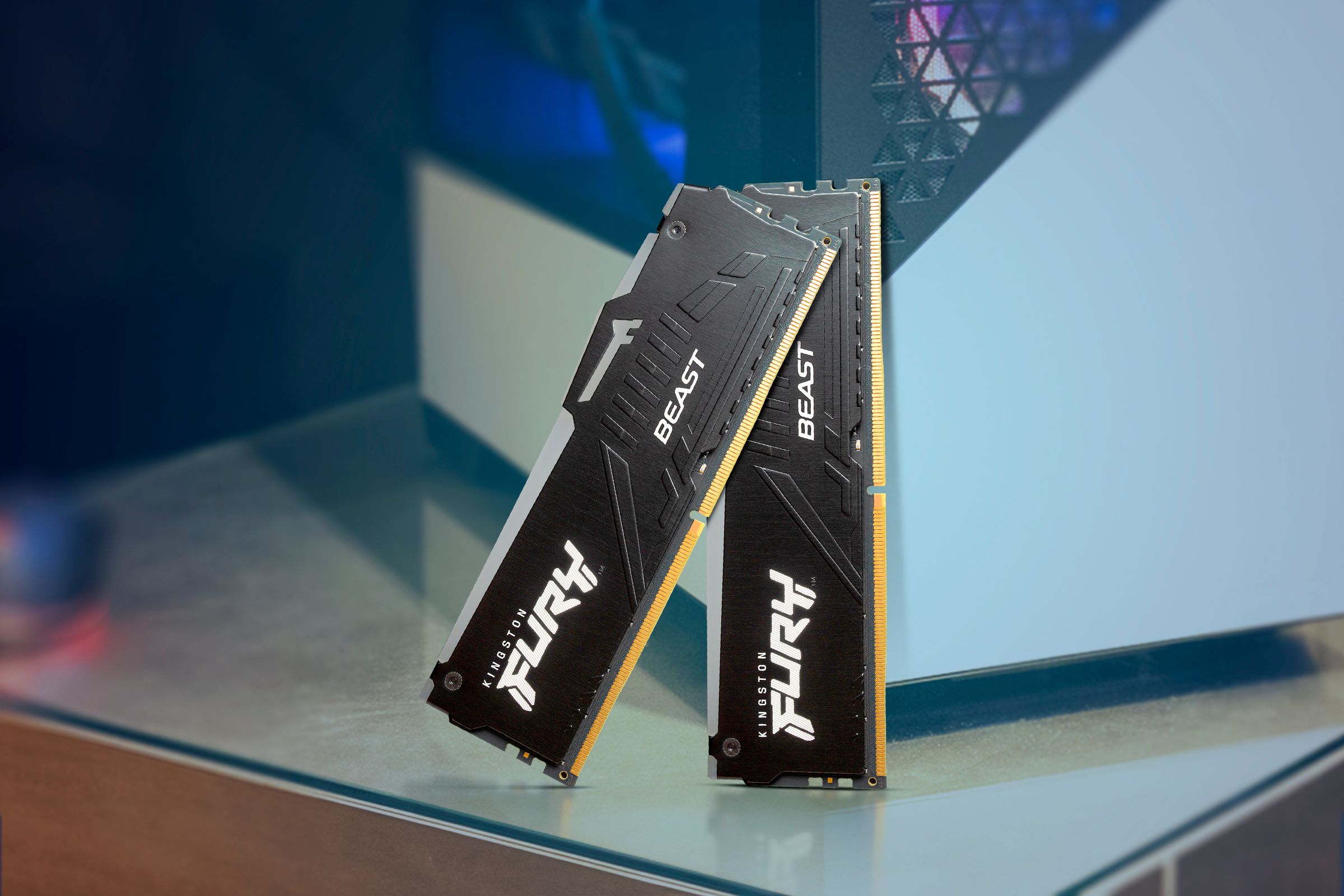5 Signs You’re Becoming an Advanced Linux User
Linux & macOS Terminal
Ever find yourself tinkering with settings or exploring new tools on your Linux system and wonder if you’re becoming more proficient? If you’ve been using Linux for a while, here are five signs that might indicate you’re moving into advanced user territory.
1 You Have Started Customizing Your Linux PC
The transition to becoming an advanced Linux user often starts with a simple desire to customize your system and have it look, feel, and function as you want. It’s not just about being dissatisfied with the default setup, but about recognizing that your Linux PC can be molded to match your specific workflow and then trying to achieve that.
This customization journey might start with a simple desire to optimize your screen space by repositioning the panels, which can potentially lead to adding a macOS-style dock or Windows 11-like taskbar to your system. Eventually, this can lead down deeper rabbit holes: exploring GNOME Extensions, discovering KDE Widgets, or experimenting with different virtual desktop configurations. And if you’re feeling adventurous, this journey can lead you to the world of auto-tiling window managers, which can fundamentally change how you interact with your system.
That said, it really doesn’t matter where you start or how you customize Linux. The overarching point is that as you go about customizing your Linux PC, you start to explore your system settings, learn to use new tools, and sometimes troubleshoot unexpected issues. This hands-on approach deepens your understanding of how your operating system works and demonstrates that you are comfortable making changes to your system—hallmarks of an advanced Linux user.
2 You’re Familiar With or Have Used Popular Linux Apps
When you first switch to Linux from Windows or macOS, it’s natural to want all your familiar software to work on the new platform. You might try using tools like Wine or Bottles to run non-native applications. While these solutions are decent and some Windows apps do work on Linux; you won’t be able to run all apps, especially not MS Office or the Adobe apps. At this point, you might actively seek out alternatives and see how other users edit documents or images on Linux. Eventually, this will expose you to more tools and software—enabling you to potentially use native Linux apps to solve most of your computing needs.
Take photo editing, for instance—both GIMP and Krita are potential alternatives to Adobe products. Similarly, LibreOffice and FreeOffice can replace MS Office. By trying these alternatives firsthand, or at least checking out their interfaces through YouTube videos, you can make an informed decision on which app is right for you. For example, while LibreOffice is the most recommended alternative for MS Office on Linux, I find its interface less appealing. FreeOffice, on the other hand, does a better job at replicating MS Office’s modern look and feel, making it my preferred choice for office productivity workloads.
3 You Have Started Using the Terminal From Time to Time
Modern Linux distributions allow you to use a graphical user interface (GUI), like you do on Windows and Mac, that makes the terminal optional for everyday tasks. However, the command line remains a powerful tool for those looking to unlock Linux’s full potential. If you are using the command line, whether by necessity or curiosity, you’re on track to becoming an advanced Linux user.
For instance, my personal journey with the Linux terminal started out with basic software management using apt with Ubuntu—and eventually pacman, as I started using Garuda Linux. Then I started editing configuration files with nano, writing simple scripts to automate repetitive tasks, using htop to monitor system performance, and managing processes with ps and kill. Recently I experimented with setting up aliases for frequent commands, and I’m contemplating customizing my shell environment with zsh and Oh My Zsh. However, that’s just scratching the surface and there’s a lot more you can do using the terminal.
The reason I bring this up is that once you start using the terminal, you start to understand what it can do and how to fit it into your workflow. Once you become comfortable with the command line, it becomes a natural extension of your toolkit, complementing rather than replacing graphical tools. An advanced Linux user will know when to use the terminal and when to use graphical tools, because the end goal is to get the job done as efficiently as possible.
4 You Have Used Different Distros
Most Linux journeys begin with user-friendly distributions like Ubuntu or Linux Mint. However, as you step out of your comfort zone and try experimenting with different Linux distros, you start to realize what’s possible. Whether it’s testing Fedora’s cutting-edge features, trying Manjaro’s rolling release model, or experimenting with specialized distributions like Garuda Linux or blendOS, each exploration broadens your understanding of what Linux can be.
Switching between different distros will help you gain hands-on experience with different desktop environments (DE), like GNOME, KDE Plasma, XFCE, Cinnamon—each with its own approach to user interaction. Different distros also use different package management systems and software repositories which can help you understand the trade-offs between cutting-edge software availability and system stability. For example, like most users, my Linux journey also started with Ubuntu. But thanks to distro hopping, I eventually got introduced to the KDE Plasma, Arch User Repository (AUR), and the concept of rolling release distros, which finally led me to my forever distro: Garuda Linux.
Other than this, exploring different distros not only broadens your own understanding of what’s possible, but it also helps you help others to find the right distribution for their needs. And you have to admit, there is something advanced about knowing your stuff and being able to help other users pick a distro that they’ll like and settle on.
5 You Visit Your Distro’s Forum for Help and to Help
Linux is less like a product and more like a project—an open-source project that lives and dies with its community. As such, forum participation is a crucial part in the advanced user journey. Most communities are very helpful and will welcome new users. They will guide you to resources and help identify issues, but don’t expect spoon-feeding and hand-holding. Ultimately, you’re responsible for your system.
Over time, this approach makes you self-reliant. You become proficient at reading technical documentation, following troubleshooting guides, and manually applying fixes to your system. However, the real evolution comes when you start contributing back—answering questions, sharing insights, and helping newcomers navigate familiar challenges. Being an active participant in your distro’s community is a strong indicator that you’ve grown beyond basic usage or on your way to becoming a veteran who helps newcomers.
What truly defines an advanced user is not just technical knowledge. It’s the willingness to learn, adapt, and explore what’s available, so you can use that to make better use of your computer. The journey can start from simply customizing your Linux PC, trying out new distros, hanging out in community forums, familiarizing yourself with the different native apps, or learning to use the terminal. But irrespective of where you start, and how far along you are, it’s important that you enjoy the process. There’s a point called “advanced enough” and if you can do all your work efficiently on Linux, you probably have reached that point!




















